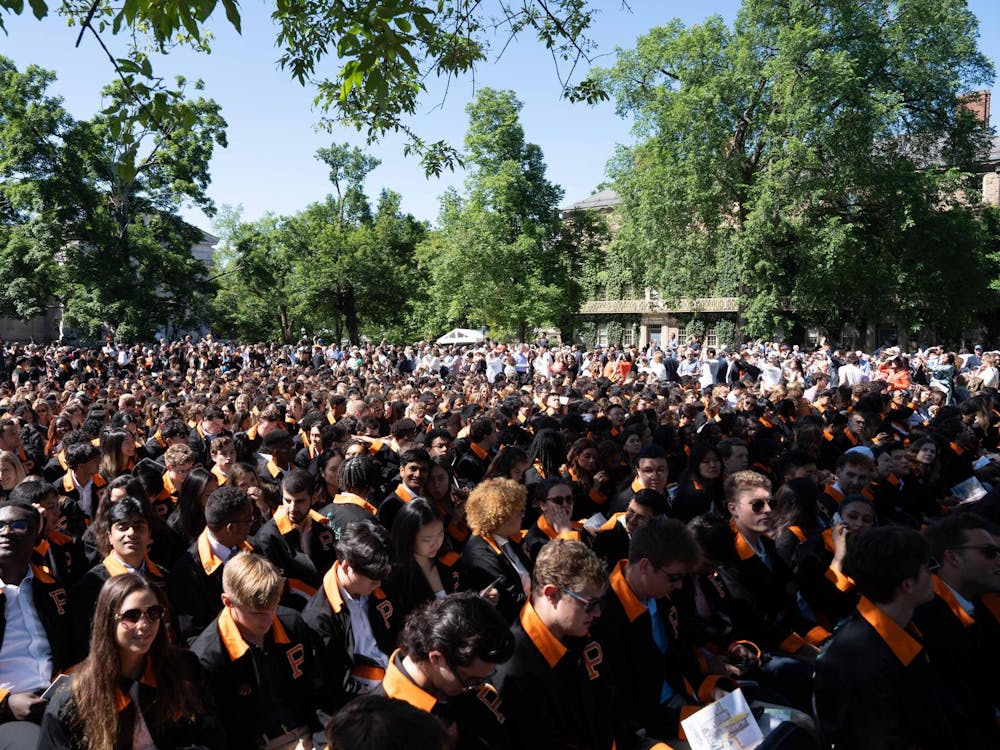My three future roommates and I had obsessively checked room reviews, floor plans and the kinds of rooms people got with our draw time last year. We clicked on the little hearts next to the room numbers that we liked and jotted our top choices (the quads with four singles known as Quingles, located in Bloomberg Hall for Butlerites).
We were lucky enough to get the exact room we had wanted. But when my group chats with different friend groups started buzzing uncontrollably, I found that while some of my friends had been triumphant, many had not. While some did not get the type or size of the room they wanted, others had been separated from their friends. It seems like there could be ways to improve the status quo.
Currently, individual students need to request room improvements and switches after their draw has already taken place. The Princeton Housing & Real Estate Services says with regards to room improvement, “juniors and seniors, who participated in Upperclass Room Draw and had draw times in the bottom quarter of their class, may upgrade or “improve” their room selection. If you satisfy both of these conditions, you are eligible for reassignment to a room that becomes available after room draw and before July 1.” With regards to switching rooms, students are able to write requesting a room switch as long as they meet the following three criteria: one, “you may only switch rooms that were drawn with the same application weight”; two, “you may switch roommates within a group, but the integrity of the group must remain intact. For example, a mixed class group must have an older member in the suite”; three, “students who plan to cancel their contracts may not switch rooms.”
I suggest a room swap period after draw time, during which students can view the rooms that every student received publicly and request swaps with other students. This would be especially useful for room switches. There are many reasons why students would be interested in doing this. For one, a main criticism of draw group is that because it sets a maximum cap for the number of students in each draw group, it can split friend groups and leave one or two people away from their friends. For example, my friends wanted to live next to each other but could not. One of them would have been perfectly willing to live in a smaller room just so that he could have that proximity to the adjacent rooms. If there was a swap period, he could easily approach the student scheduled to live in the adjacent room, who might have liked the idea of getting a bigger room. Furthermore, students can change their minds after drawing due to shifts in friendship dynamics or living preferences. A room swap period would make it easier for students to adjust accordingly.
The only restriction to the room swap should be that it must take place within the student’s home residential college. In the room swap period, changes would be made with the consent of all parties involved in the swap. Therefore, the rules like “you have to maintain the integrity of a group” or “you may only switch with rooms that were drawn with the same application weight” would be irrelevant. If anything, these rules would hinder the student attempt to find the best living accommodation.
Princeton room draw believes in the fairness coming from power of randomness. I, too, believe that the current system maximizes fairness. However, I do not believe that it is the most efficient. A small change like the addition of a room swap period could streamline the process significantly.
Erica Choi is a freshman from Bronxville, N.Y. She can be reached at gc6@princeton.edu.







